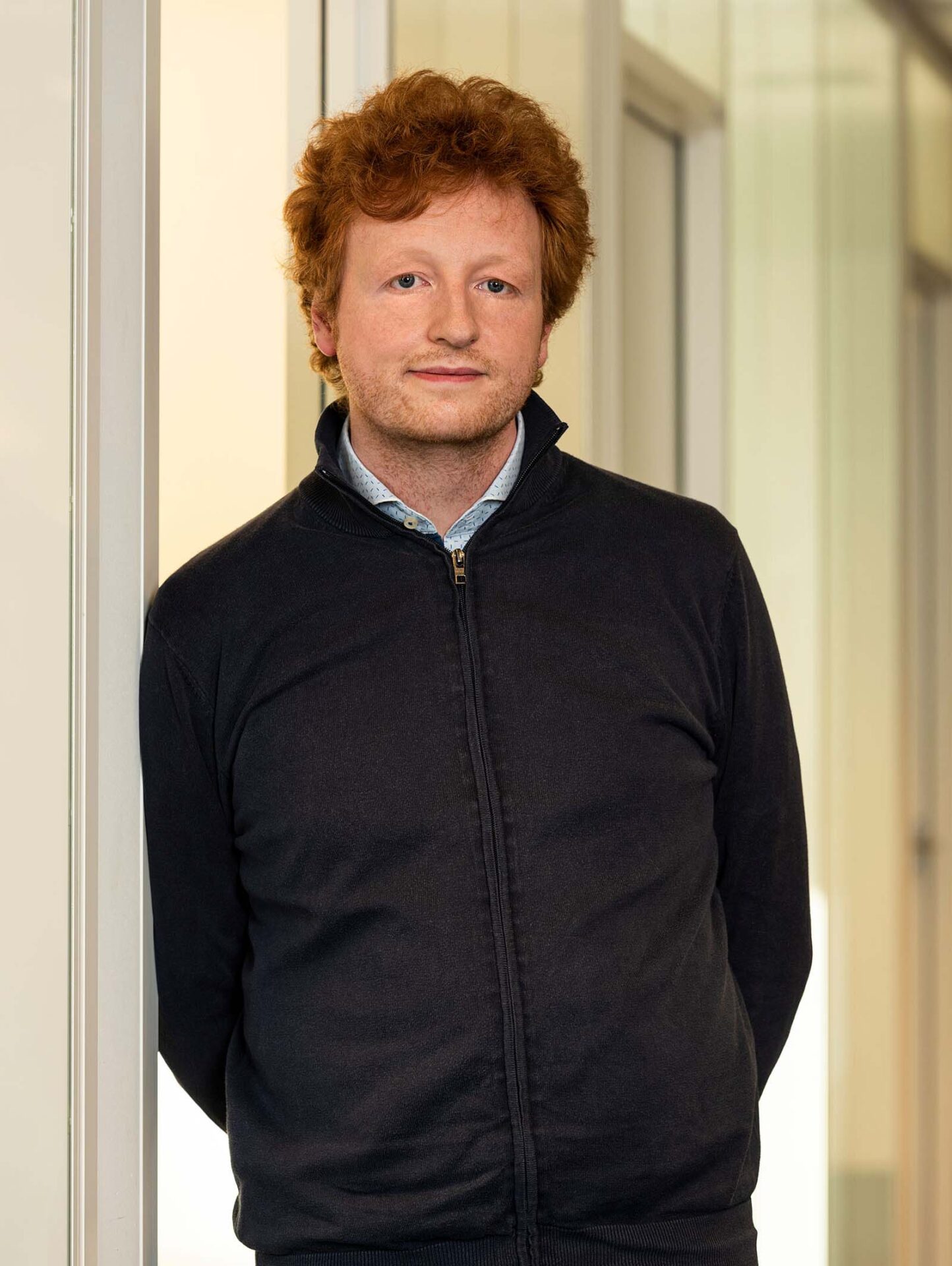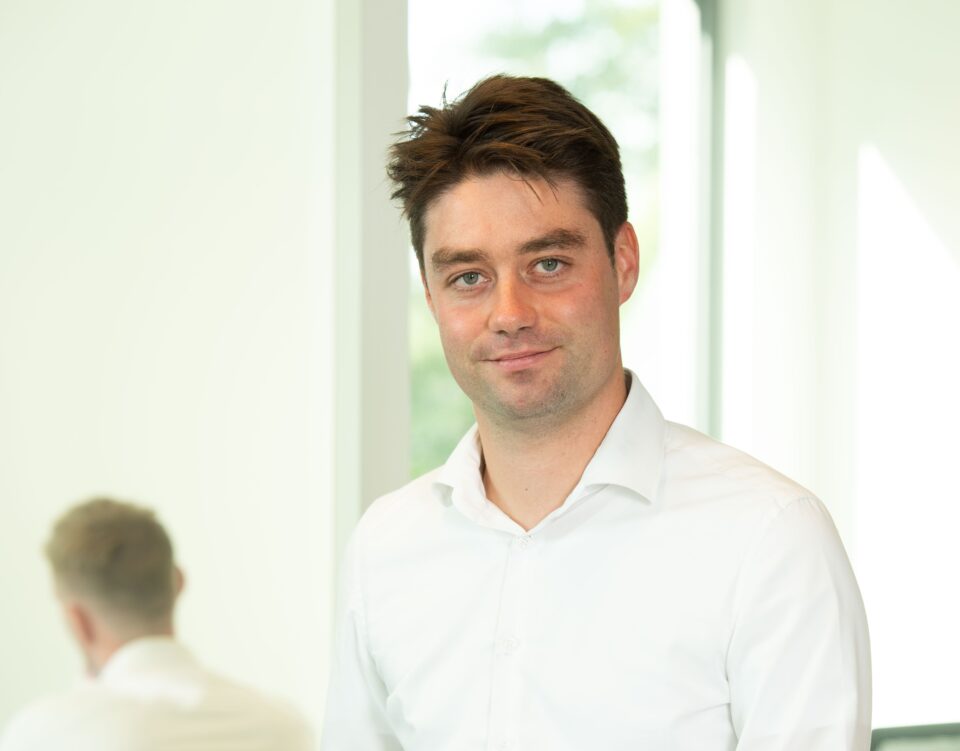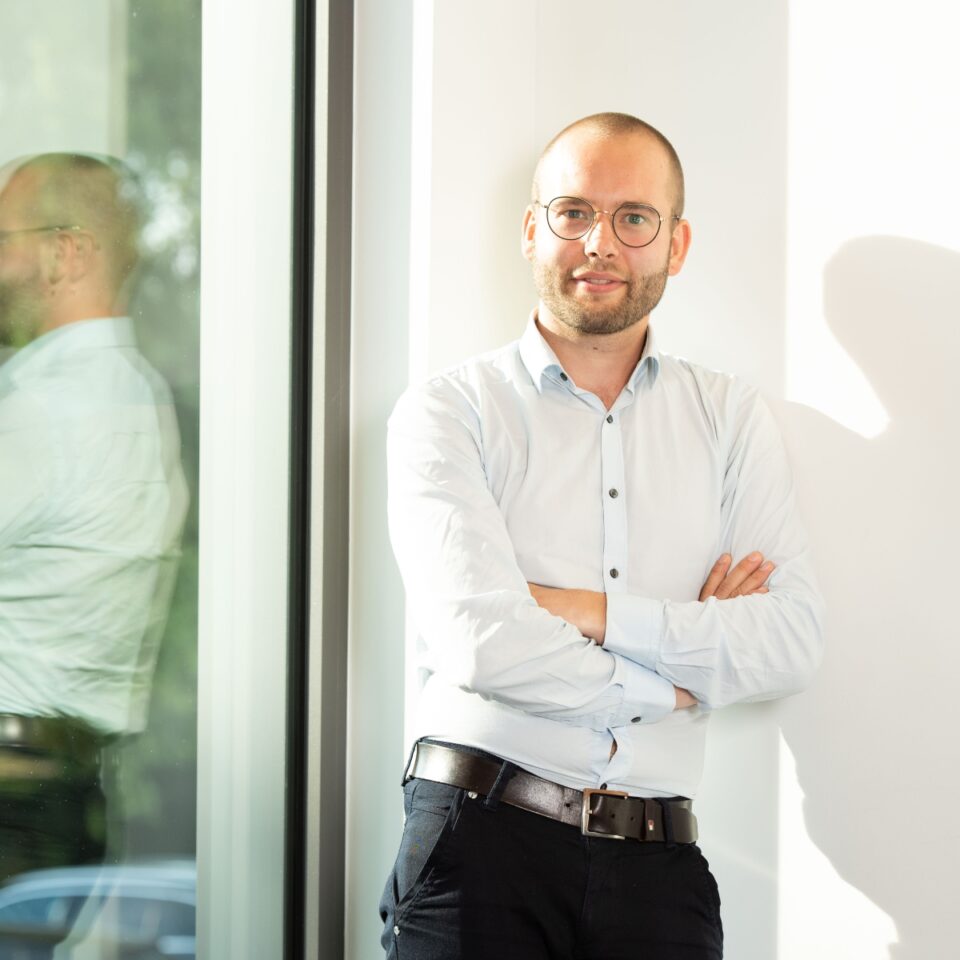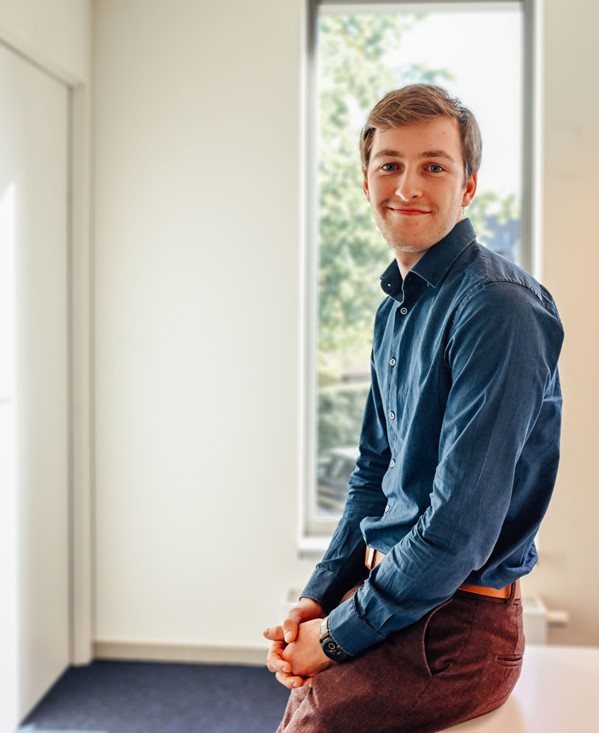Domain knowledge for practical problem-solving: Dries’s story

As one of our most senior technical experts, Dries takes on some of our most challenging expert track assignments with our clients. We sat down with him to discuss his motivation to join our team and how his role as a consultant has evolved.
PhD background
Reflecting on what initially ignited his passion, Dries attributes his computer science degree as the catalyst that set his entire career in motion. “After graduating, I initially decided to continue in academia and pursue a PhD. This research environment provided a wonderful arena for people who shared a common passion for technology and programming. While working alongside equally dedicated colleagues inspired me, I also found satisfaction in sharing my knowledge with students as I engaged in an additional teaching position. I knew that this positive experience would help shape my decision-making for my further career path.”
Building a career track
Looking back on his decision to join Addestino, Dries starts by explaining his hiring experience. “After being introduced to the leadership team through a mutual acquaintance, things moved fast. Stefan and Dominique explained that a typical Addestino consultant operates on the cutting edge of technology and business for clients, solving complex issues with high uncertainty factors and plenty of variables. They wanted to make sure that I was up for a variety of challenges and willing to keep learning as a domain expert in what would later become our expert track. This stands in contrast to the classic, fixed-technology expert career route usually taken by consultants with my academic background. As they identified my ambition and drive, the management team assured me that I’d be working with different technologies across a wide array of business landscapes. It was this promise that ultimately convinced me to take the leap.”
Expanding domain knowledge
“While my first project perhaps didn’t pose the most intricate technical test, it was varied and demanded fast-paced iterations,” Dries elaborates. “Next came a major challenge, as I was assigned to a large corporation where my task was to develop a video compositing engine, within a tight two-month timeframe. This is exactly the sort of challenge I thrive on.”
While Dries finds himself on the side of the expert track on the Addestino career compass, his specialised role goes beyond merely carrying out narrowly defined tasks as an embedded member on a client’s team. “The seemingly straightforward questions that our clients pose often stem from a highly complex set of circumstances,” he points out. “Being at the forefront of both tech and business, an embedded expert role requires specific domain knowledge and the ability to take a holistic approach to problem-solving. In my case, this means I no longer tend to write as much code myself as I used to. Instead, I find my intellectual challenges in things like translating architecture into practical solutions for organisations. In addition, my position allows me to allocate research time to delve into specific software and methodologies, with the team giving me the trust and flexibility to do so whenever I see fit. In my eight-year tenure here, I’ve been entrusted with projects ranging from writing complex code in the healthcare industry to data science architecture for start-up companies.”
“What I appreciate the most is the freedom to dive deeper, find practical solutions and share insights gained with the rest of the team.”
Knowledge sharing
Dries identifies the in-house training sessions as one of his preferred means to add variety into his specialised role. “As I grew into my expert role on my career path, I’ve been able to leave a mark on some of our training sessions. In my time here, I’ve had the opportunity to educate the rest of the consulting team on topics like deep learning and other technical subjects. This culture of knowledge sharing also ties neatly back to my previous experience in teaching during my PhD. It allows me to gain additional expertise outside of fixed assignments and then share those with the rest of the consulting team.”


